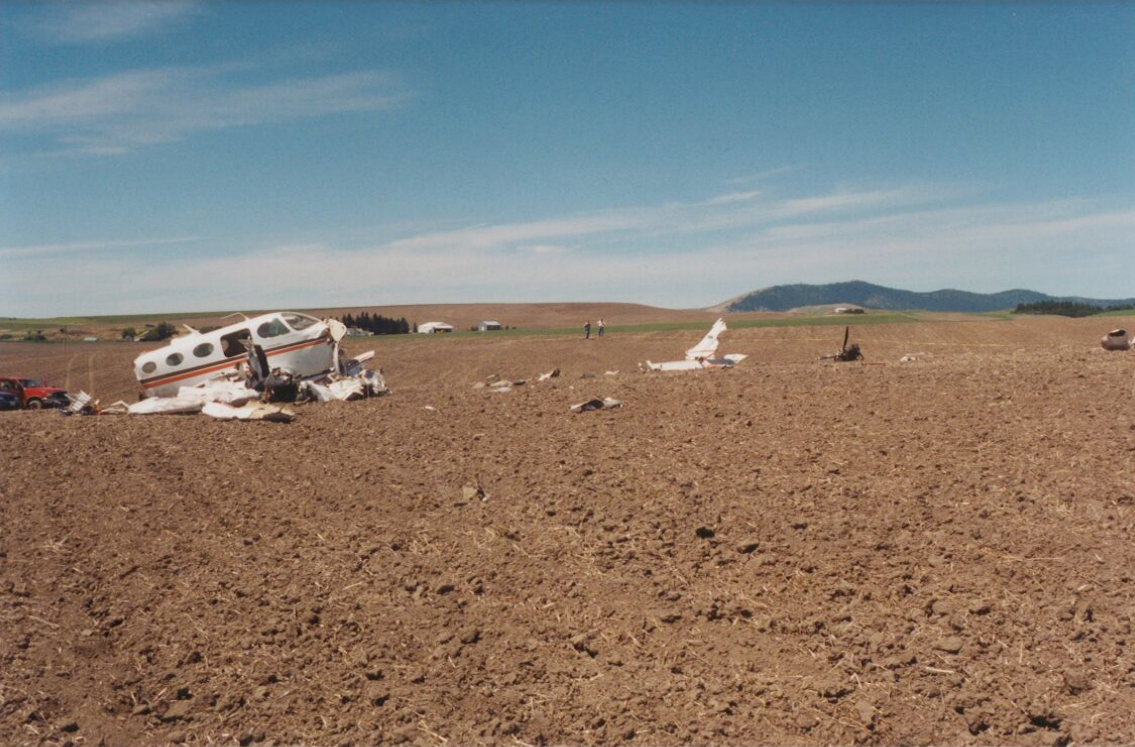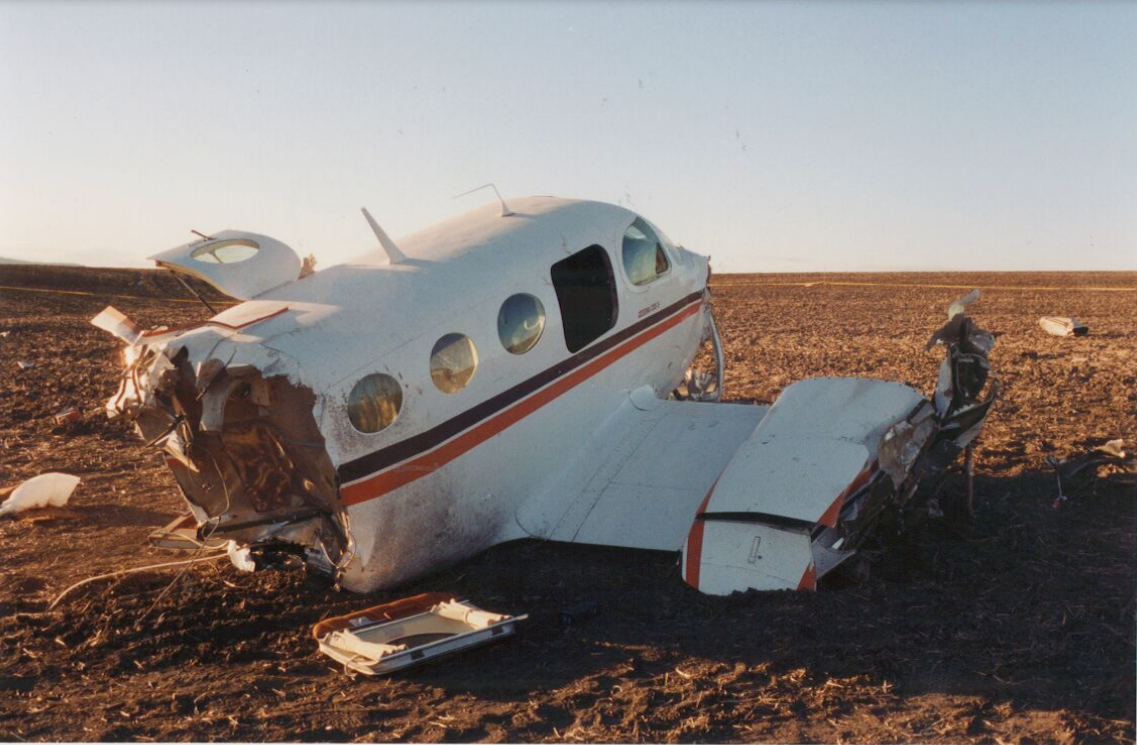
ASN Wikibase Occurrence # 45503
This information is added by users of ASN. Neither ASN nor the Flight Safety Foundation are responsible for the completeness or correctness of this information.
If you feel this information is incomplete or incorrect, you can submit corrected information.
| Date: | Thursday 4 July 2002 |
| Time: | 09:58 |
| Type: |  Cessna 335 |
| Owner/operator: | Private |
| Registration: | N27069 |
| MSN: | 3350021 |
| Total airframe hrs: | 1549 hours |
| Engine model: | Continental TSIO-520-EB |
| Fatalities: | Fatalities: 2 / Occupants: 2 |
| Aircraft damage: | Substantial |
| Category: | Accident |
| Location: | Tensed, ID -
 United States of America United States of America
|
| Phase: | En route |
| Nature: | Private |
| Departure airport: | Pullman-Moscow Regional Airport, WA (PUW/KPUW) |
| Sandpoint Airport, ID (KSZT) | |
| Investigating agency: | NTSB |
| Confidence Rating: |
On July 4, 2002, approximately 0958 Pacific daylight time, a Cessna 335, N27069, registered to and operated by the pilot as a 14 CFR Part 91 personal flight, collided with an open field located about four nautical miles northwest of Tensed, Idaho. Visual meteorological conditions prevailed at the time and no flight plan was filed. The aircraft was substantially damaged and the private pilot and his passenger were fatally injured. The flight originated from Pullman/Moscow Regional Airport, Pullman, Washington, about 20 minutes prior to the accident. Family members reported that the purpose of the flight was a day trip to Sandpoint, Idaho.
Radar data of the flight tracking indicated that the aircraft attained an altitude of about 6,000 feet before altitude reporting was lost about seven minutes after departure. The aircraft continued on a northerly track for about another five minutes when the tracking turned 180 degrees (left) and continued to the south for about two minutes. The tracking then turned to the west for about one minute, then turned to a southerly direction again when radar tracking was lost. The wreckage was distributed over an open fallow field of rolling terrain for a distance of 390 feet. Ground signatures and impact damage to the aircraft indicated a left wing low attitude at the time of terrain contact. The landing gear and flaps were retracted. Witnesses in the area reported hearing the aircraft overhead and stated that the engine(s) were making a "popping" sound and/or lost power. Post-crash inspection of the wreckage and engine teardown did not reveal evidence of a mechanical failure or malfunction. Interviews with personnel at the flights originating airport reported that they saw the aircraft fly for the first time in several months a couple of days prior to the accident. The pilot accomplished touch-and-go landings at that time. The day before the accident, the pilot had fuel added to the main fuel tanks only. The quantity of fuel in the auxiliary fuel tanks was not known. Maintenance records indicated that the aircraft had been flown approximately 2 hours in the preceding year.
Probable Cause: Aircraft control was not maintained during an emergency landing. A loss of power for undetermined reasons was a factor.
Accident investigation:
 |
|
Sources:
NTSB: https://www.ntsb.gov/_layouts/ntsb.aviation/brief.aspx?ev_id=20020715X01120&key=1
Location
Images:



Photos: NTSB
Revision history:
| Date/time | Contributor | Updates |
|---|---|---|
| 28-Oct-2008 00:45 | ASN archive | Added |
| 21-Dec-2016 19:24 | ASN Update Bot | Updated [Time, Damage, Category, Investigating agency] |
| 09-Dec-2017 16:53 | ASN Update Bot | Updated [Source, Narrative] |
| 08-Apr-2024 19:02 | Captain Adam | Updated [Phase, Departure airport, Destination airport, Narrative, Photo] |
| 08-Apr-2024 19:03 | Captain Adam | Updated [Photo] |
| 08-Apr-2024 19:03 | Captain Adam | Updated [Photo] |
Corrections or additions? ... Edit this accident description
The Aviation Safety Network is an exclusive service provided by:


 ©2024 Flight Safety Foundation
©2024 Flight Safety Foundation